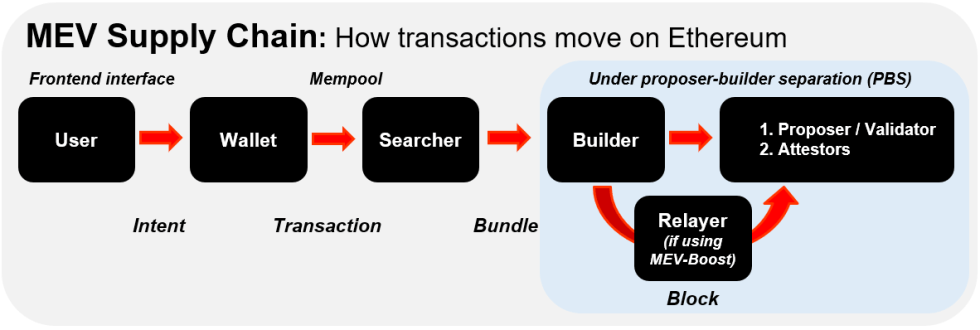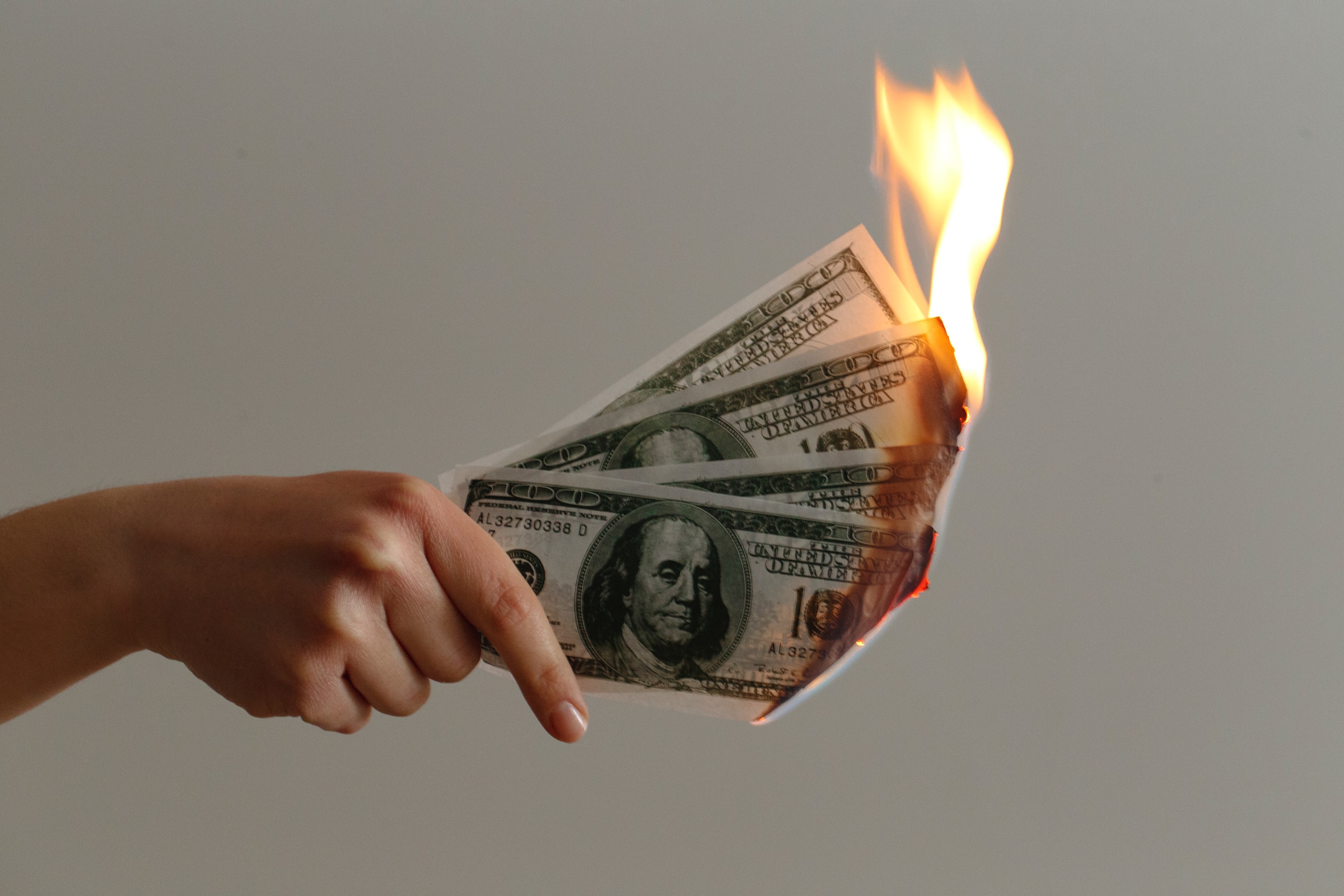
Ethereum (ETH) developers are looking to implement a new upgrade known as MEV-burn, which aims to address the Miner Extractable Value (MEV) issue and further reduce the supply of ETH. The MEV-burn upgrade is a logical continuation of the EIP-1559 upgrade, implemented last year and marked the first time the network began burning ETH.
MEV refers to the profits miners can extract from reordering or censoring transactions in a block. As a result, it has become a major concern for the Ethereum community, particularly during times of high network congestion. With the recent rise of meme coins and other decentralized finance (DeFi) applications, MEV activity has become even more rampant, leading to skyrocketing gas prices and diminished returns for everyday users.
According to the Bankless team, an analysis and research firm, The MEV-burn upgrade aims to address this issue by creating a mechanism to burn the MEV that miners extract from the network. This would help align miners’ incentives with the rest of the Ethereum ecosystem and reduce the overall supply of ETH, making it more scarce and, therefore, more valuable.
MEV-Burn, The Game-Changing Ethereum Upgrade
MEV has become a significant issue for the Ethereum network, with some 566,000 ETH extracted from ordinary users due to this phenomenon. As a result, MEV distorts the incentives for block validators to behave neutrally, which creates blockchain instability.
MEV bots engage in competitive attacks like frontrunning, DDOS attacks, eclipse attacks, and chain reorgs, all in pursuit of a big MEV bounty. This creates an exploitable market that undermines the neutrality of the block validators, leading to distorted market incentives and reduced security for the network.

According to the Bankless team, Ethereum developers are working on a multi-year roadmap that includes the MEV-Burn upgrade to address this issue. MEV-Burn aims to return the value being extracted by MEV participants back to ETH holders by burning it, indirectly redistributing value and reducing sell pressure by block validators.
In addition to redistributing value, MEV-Burn aims to reduce chain instability by equalizing MEV profits for block builders. This is known as “MEV-smoothing,” which seeks to create a more predictable and stable market for MEV profits rather than the current “big-game hunting affair.”
However, quantifying MEV and determining how much can be burned or smoothed out is a challenge. Per Bankless analysis, the Ethereum protocol needs to find a way to quantify MEV based on how much block proposers are willing to pay for it in an efficient market. This requires another major Ethereum network upgrade known as proposer-builder separation (PBS) to be completed first.
PBS splits the traditional validator role into two separate roles: proposers and block builders. The goal of PBS is to prevent block builders from being able to simultaneously select and order the transactions to be included in a block. This division of labor strips block builders of the ability to engage in transaction discrimination that forms the essence of MEV.
While there are still many details to be worked out, the MEV-Burn upgrade and PBS are promising solutions to the issue of MEV on the Ethereum network. By reducing the supply of ETH and creating a more stable market for MEV profits, these upgrades could help to make the network more secure, reduce gas prices, and create a more sustainable and equitable ecosystem for all users.
Featured image from Unsplash, chart from TradingView.com


















